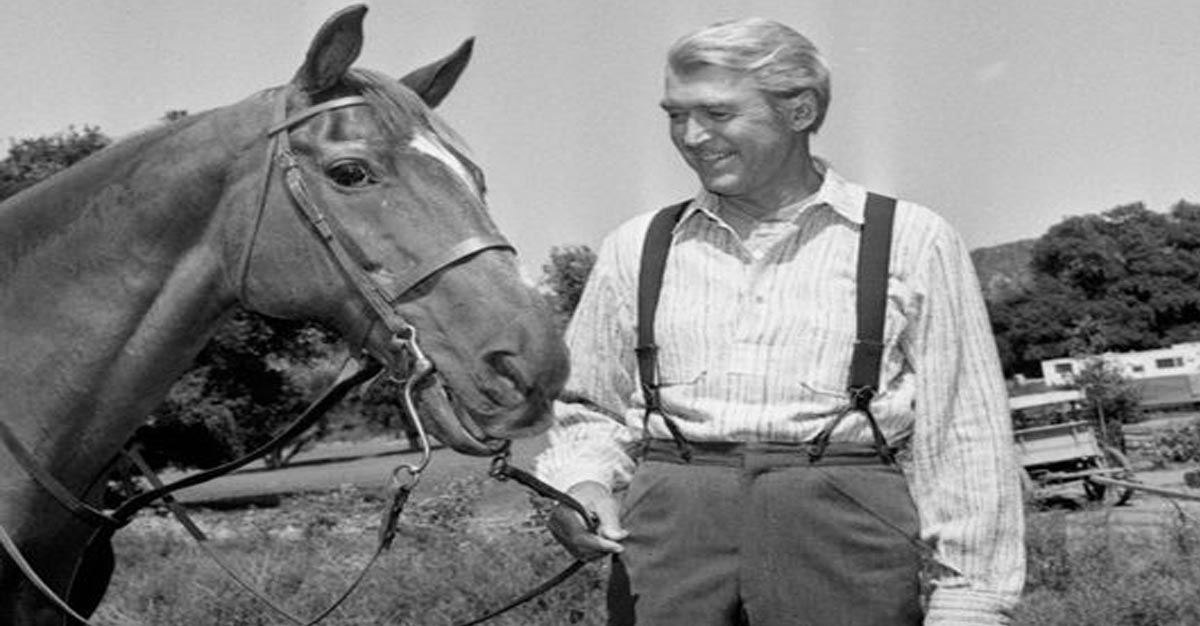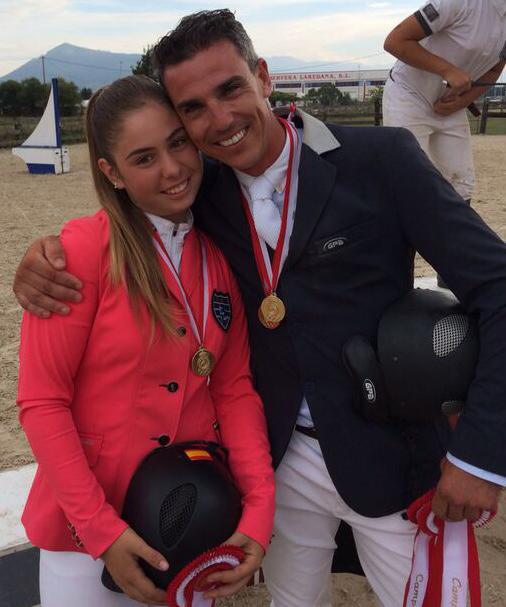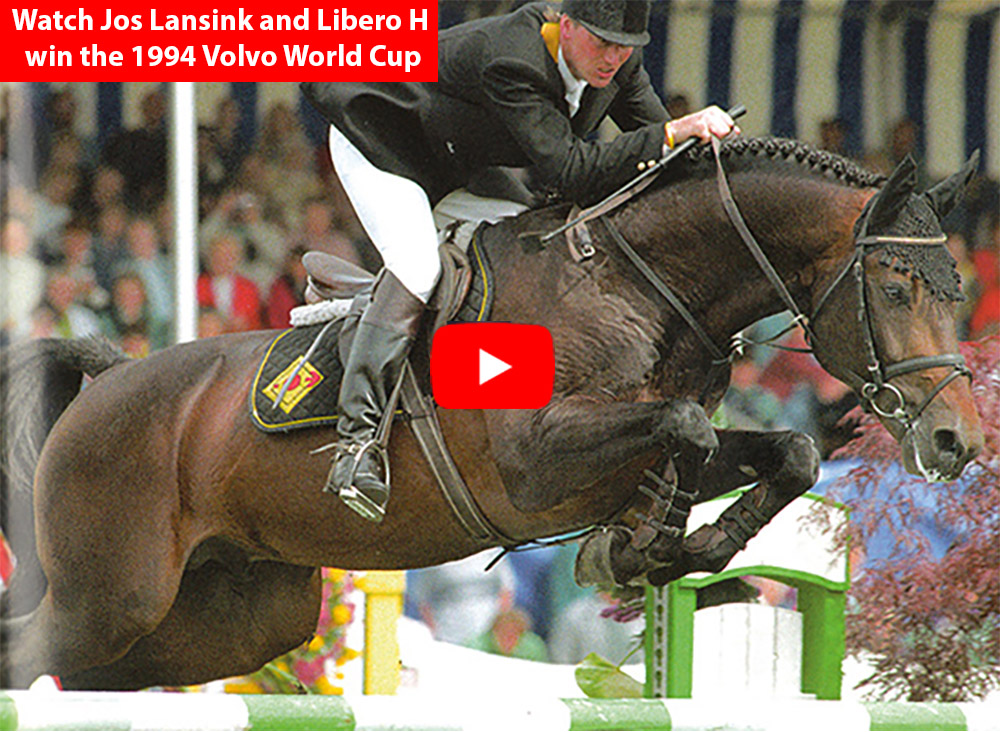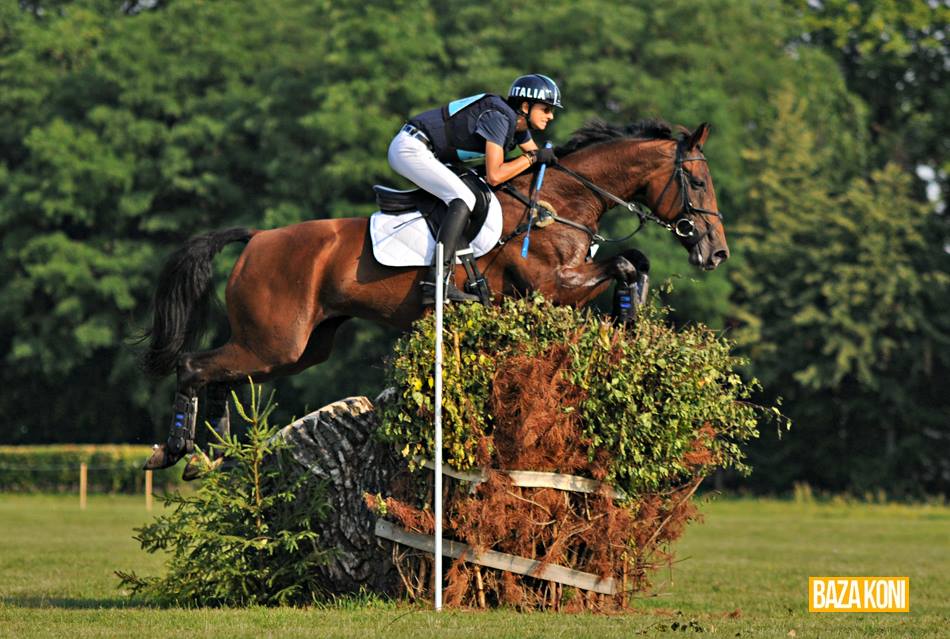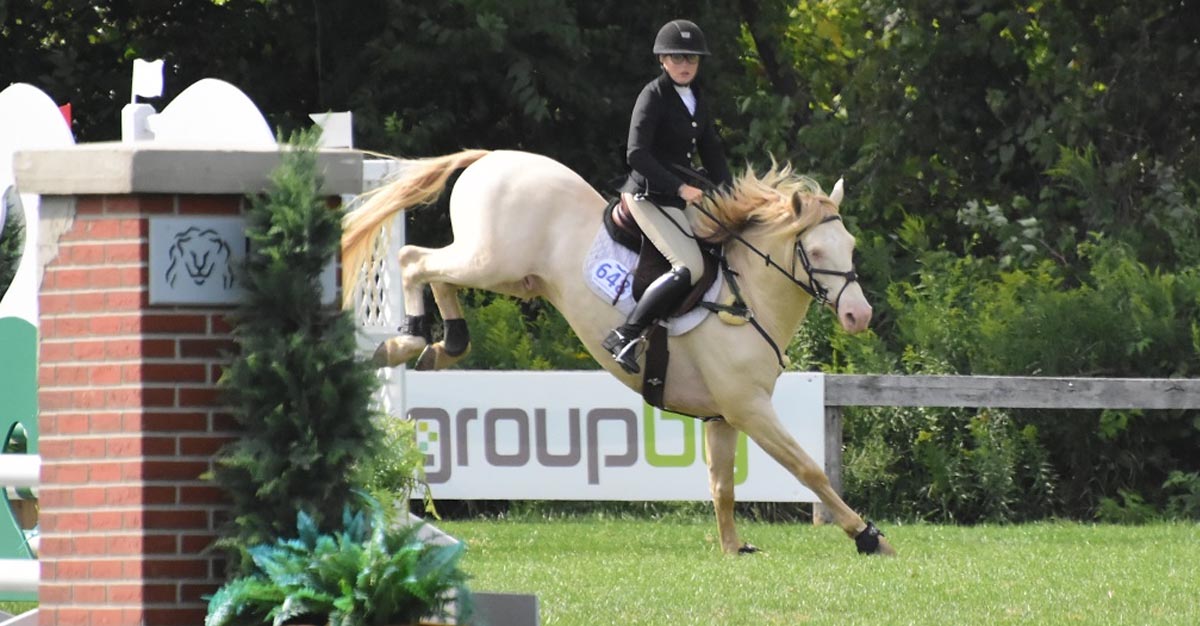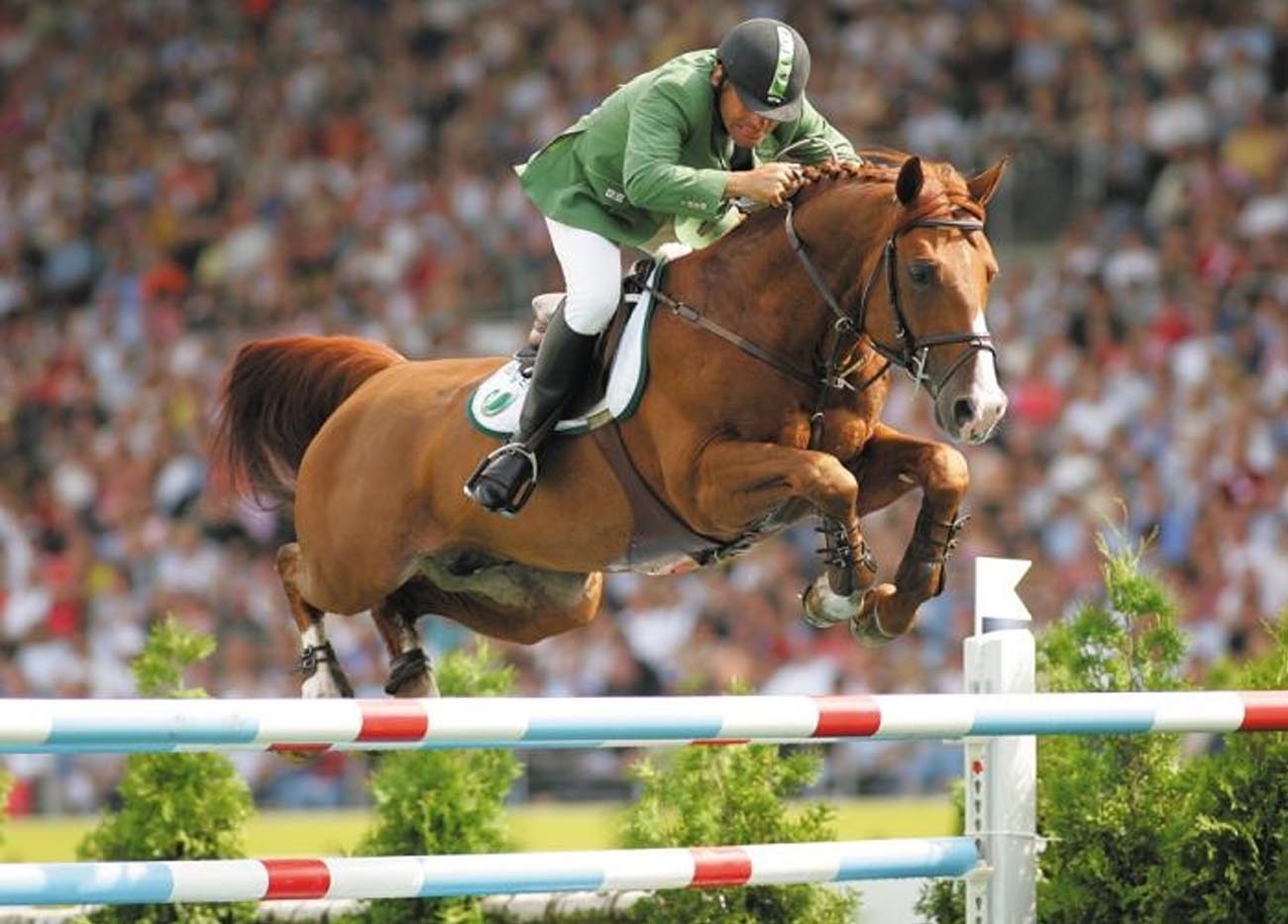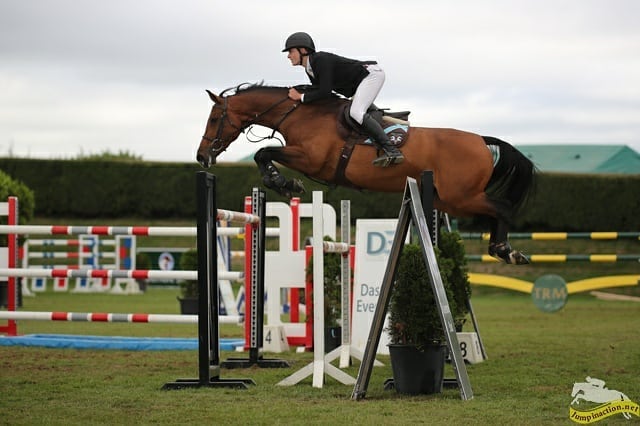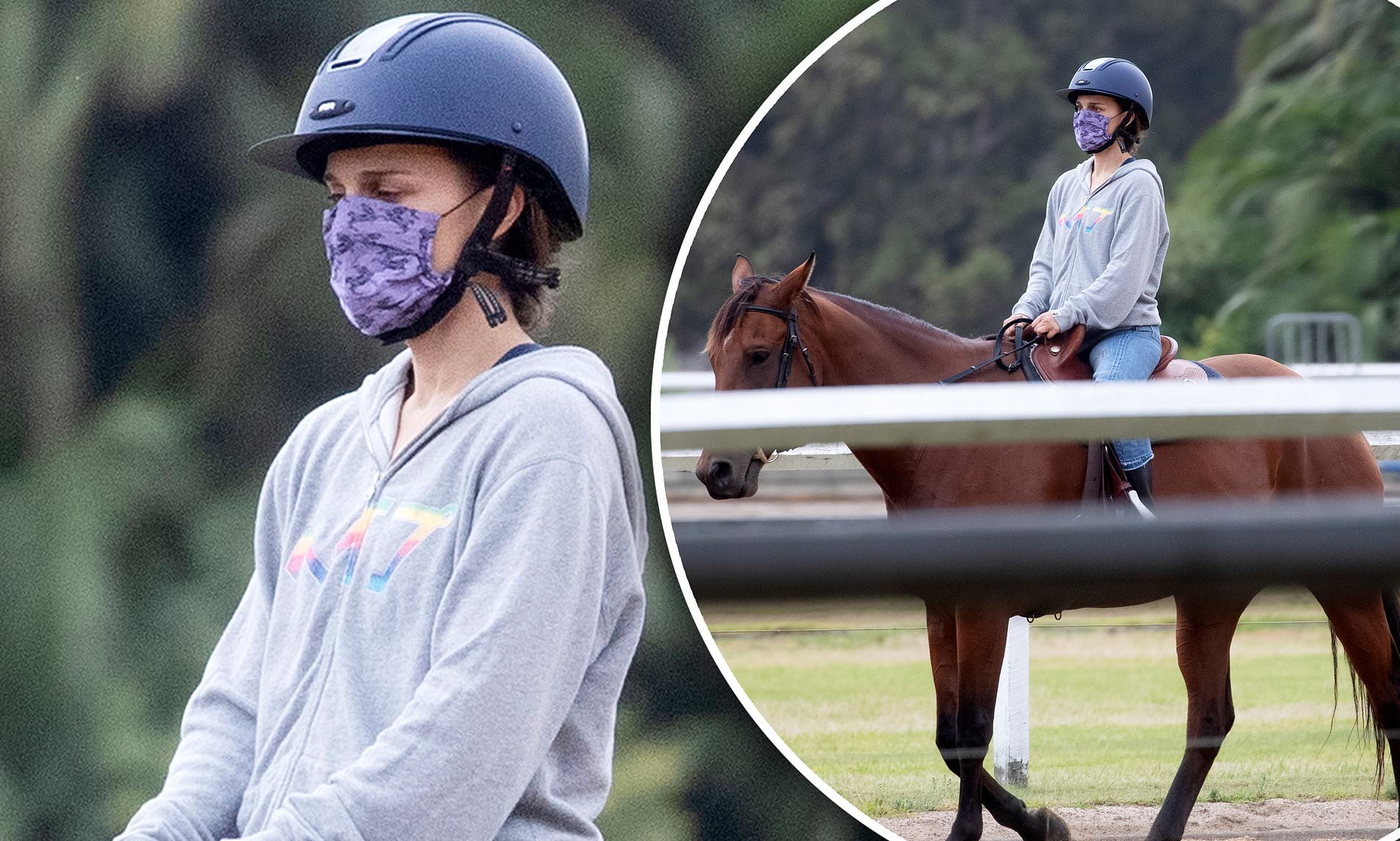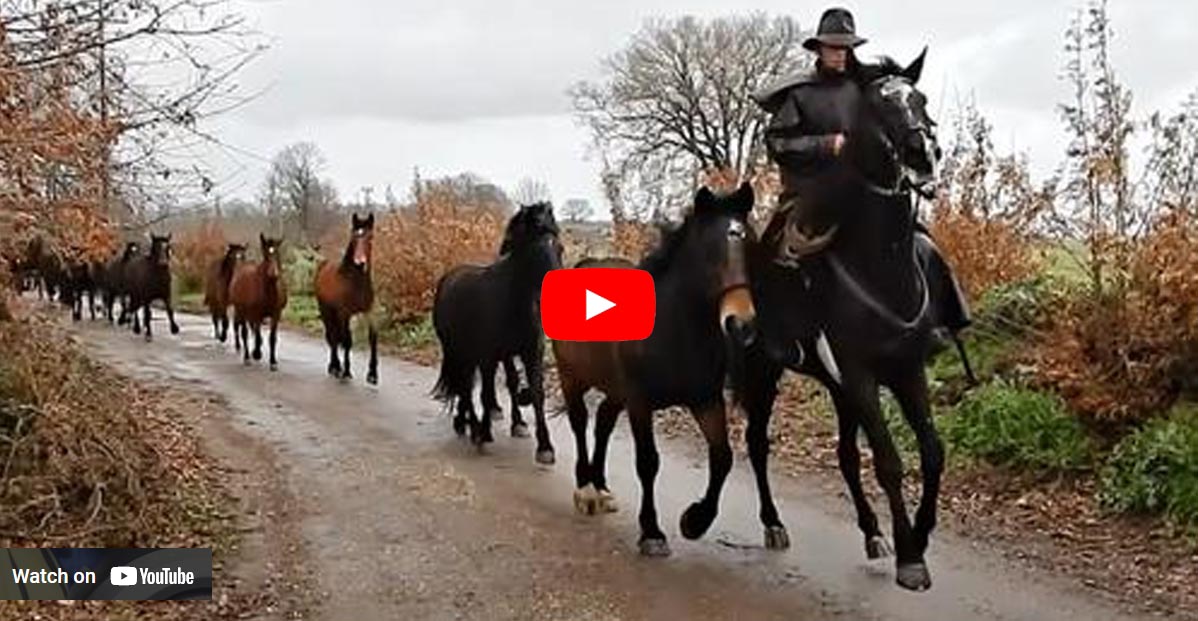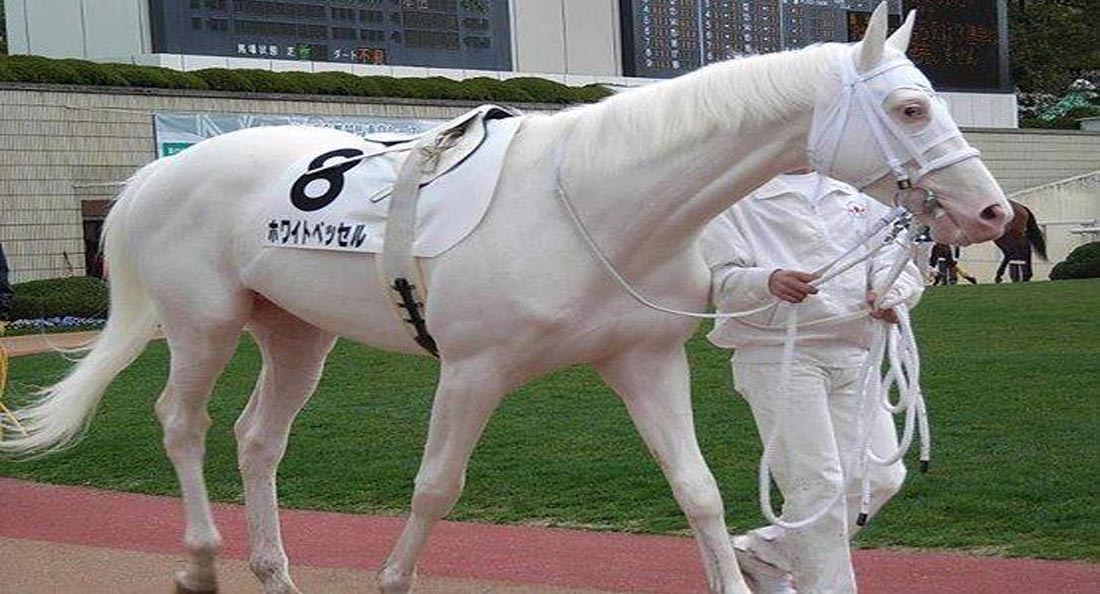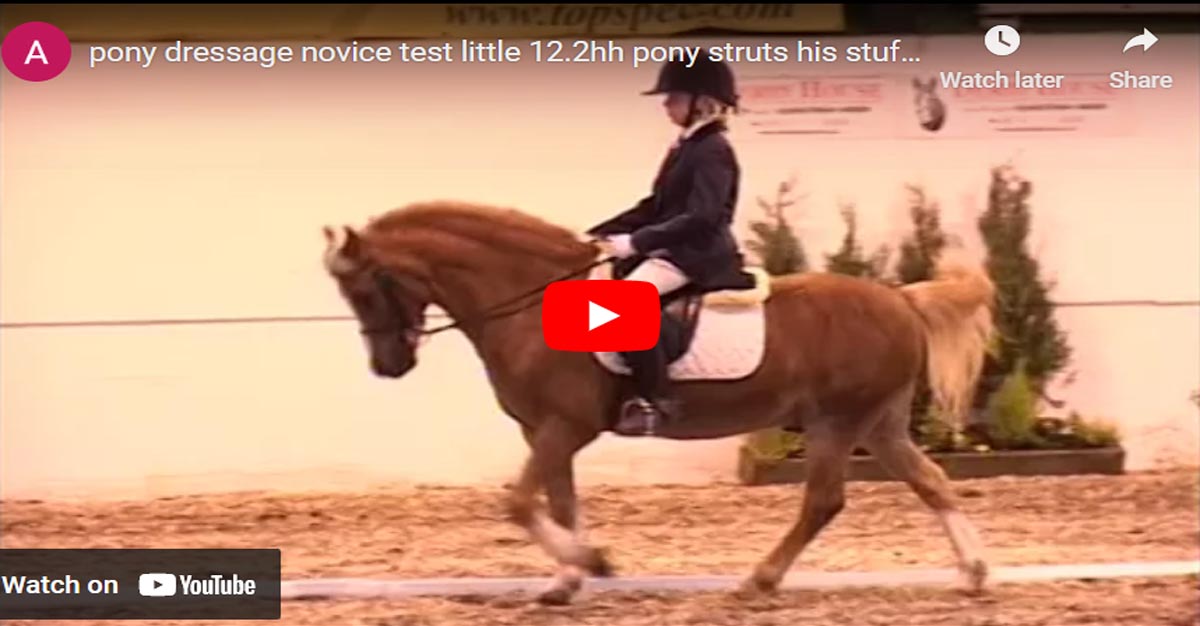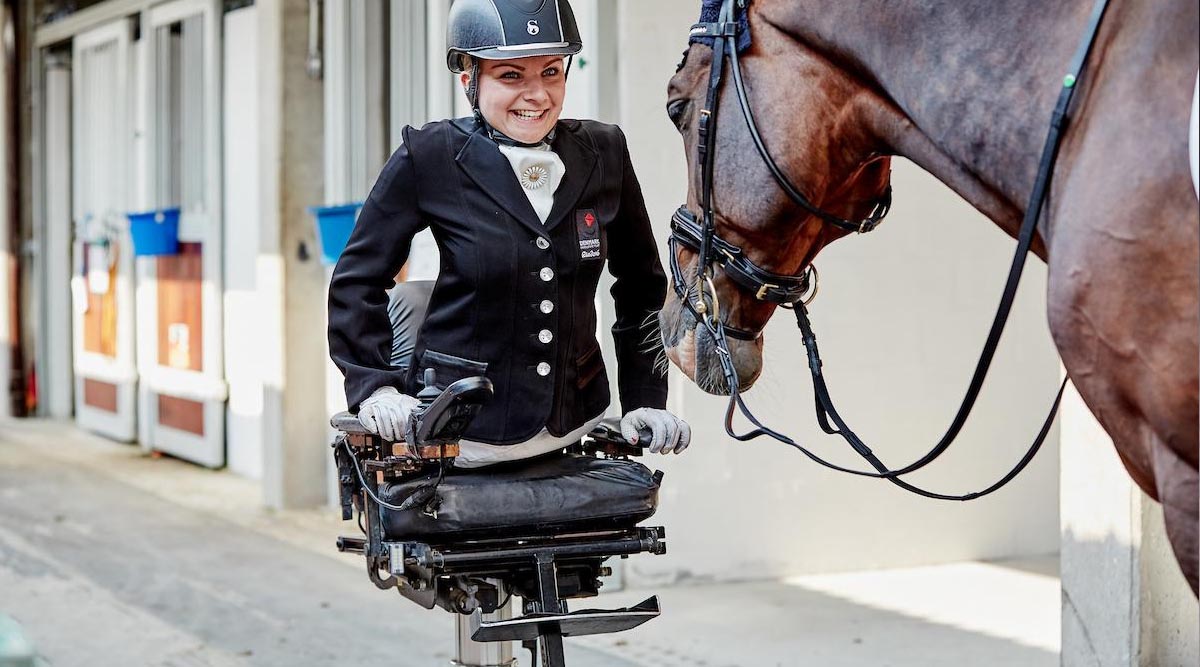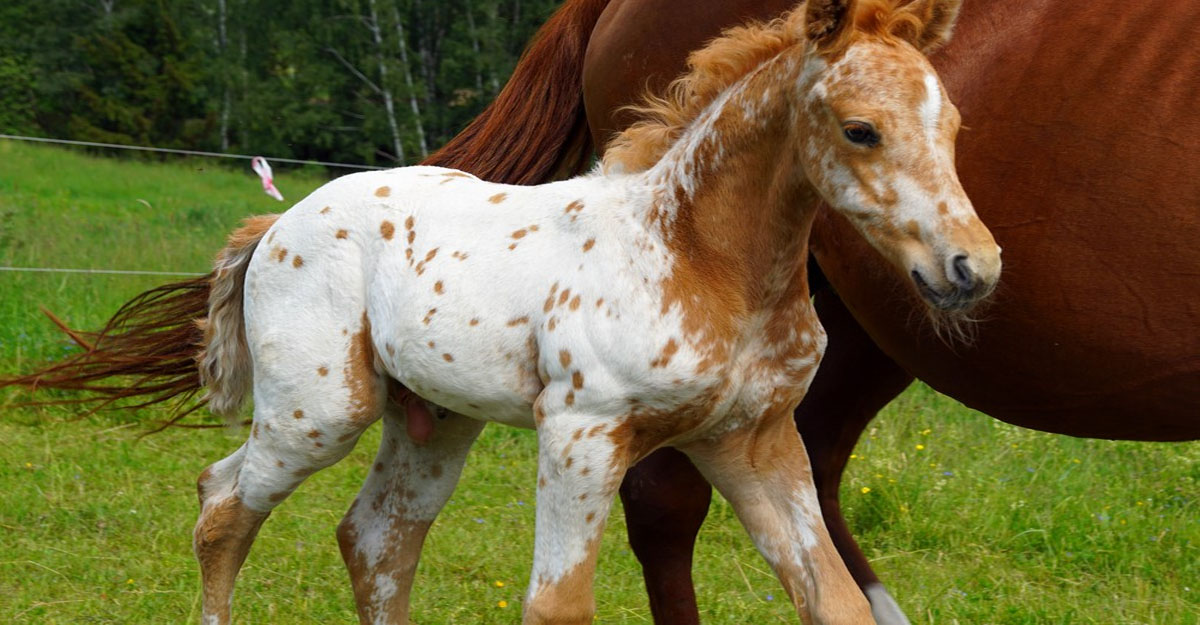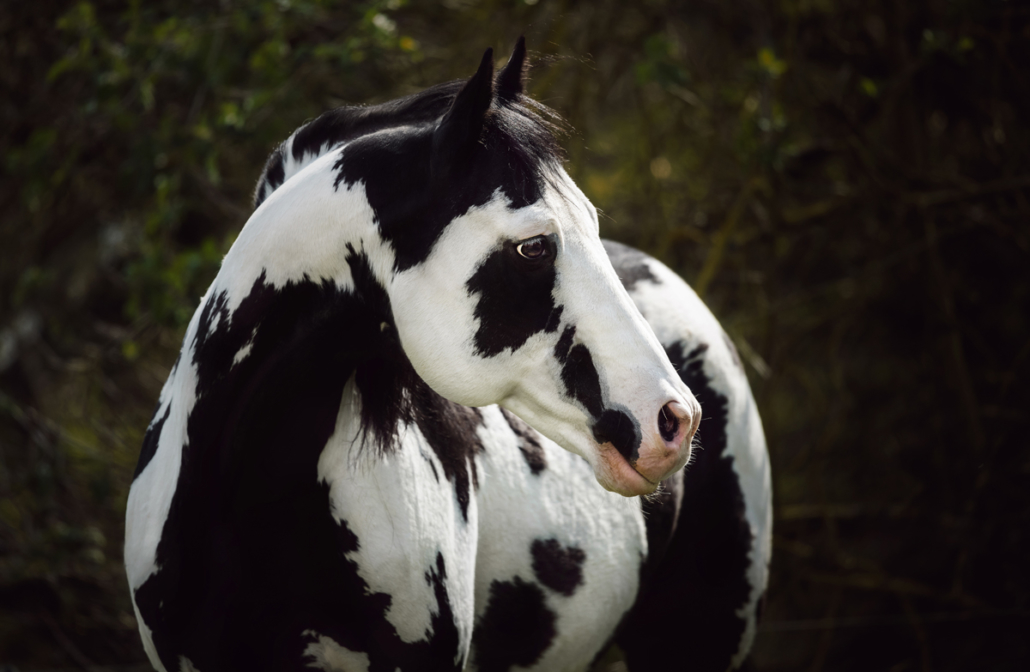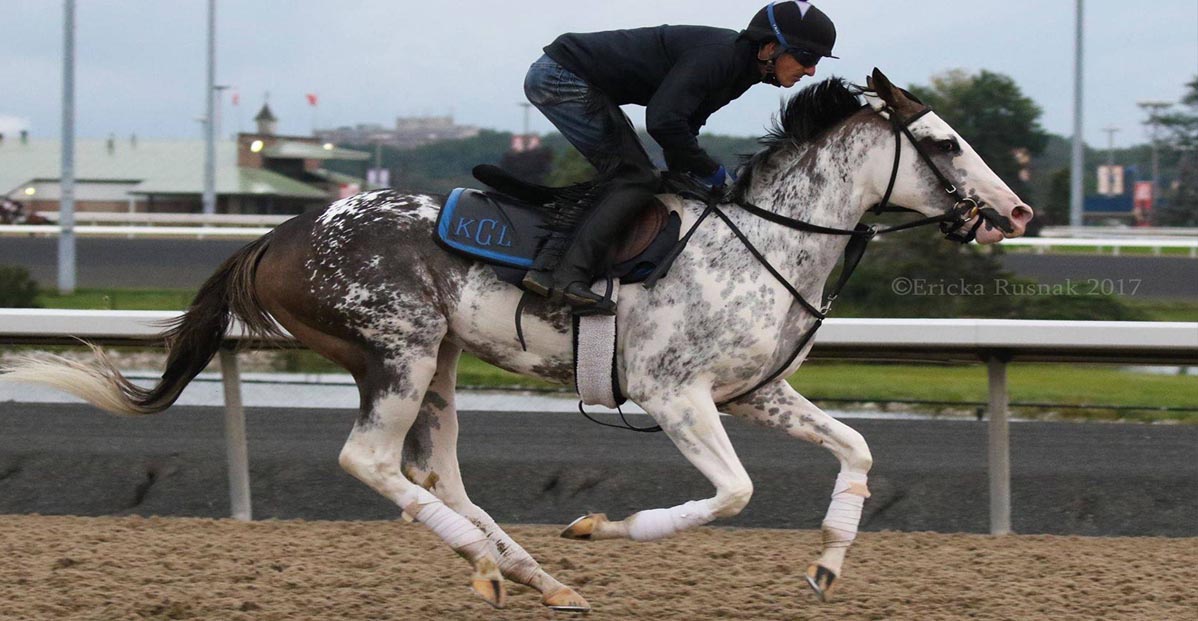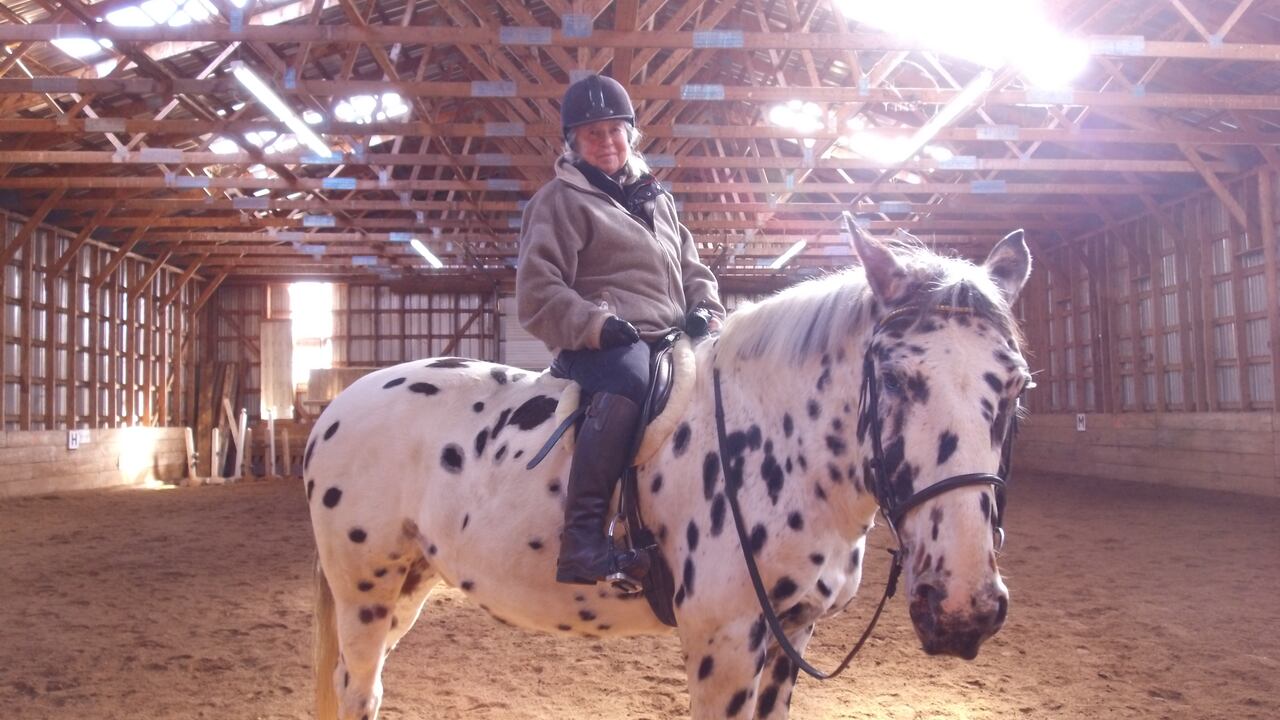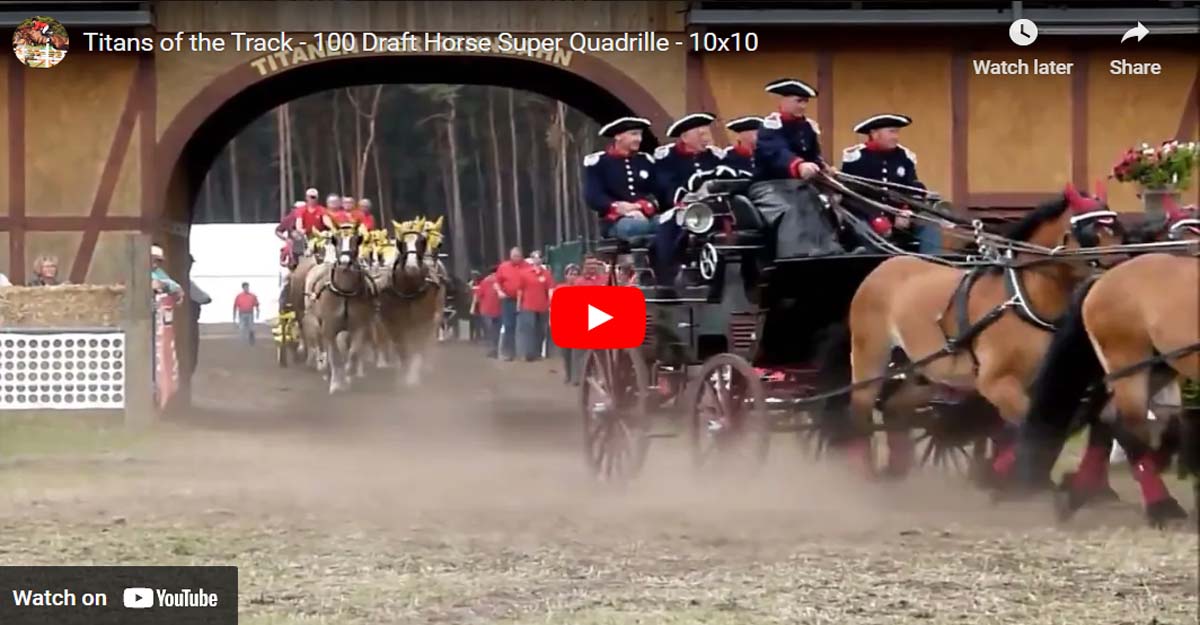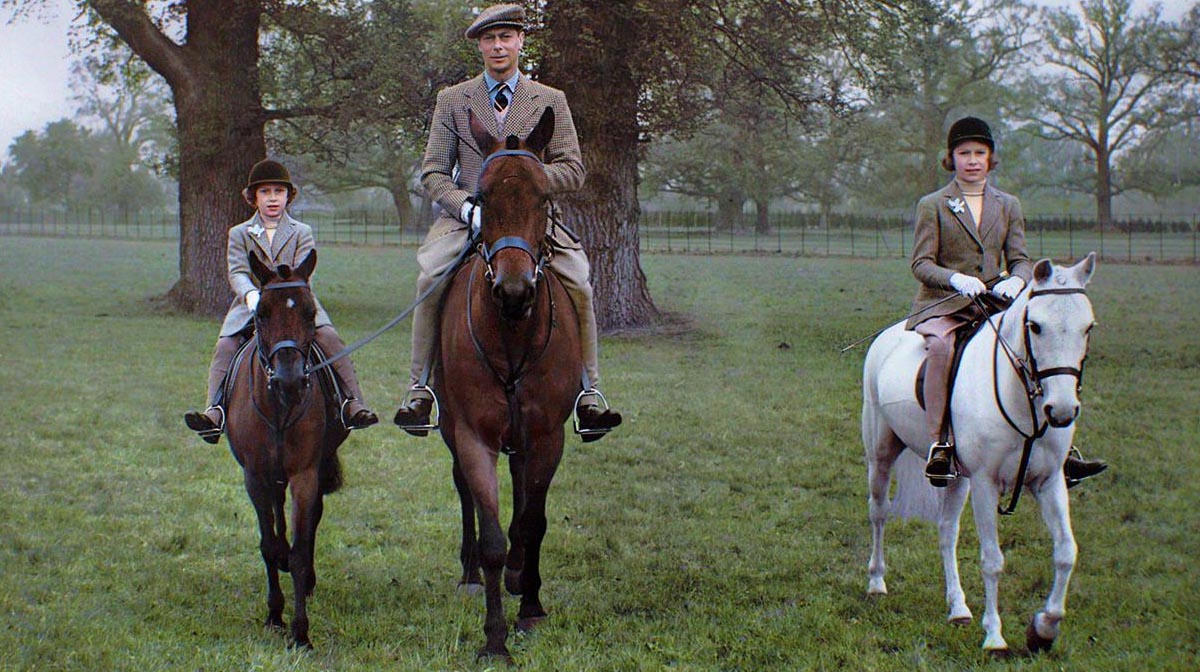Lusitano Horses
Lusitano Horses are a beautiful breed of horse with a long history and one of the first breed of horse to be used for dressage. See below examples of Lusitano Horses past and present

Horse Videos

Horse Videos

Horse Videos



1. TYPE - With rounded outlines the silhouette of which can be fitted into a square, weight around 500 kg.
2. HEIGHT - Medium, to be measured at the withers at the age of 6 years - females 1,55 ms (15.1 hands); males 1,60 ms (15.3 hands).
3. COAT - Grey and bay. Black is rare.
4. TEMPERAMENT - Noble, generous and ardent, but always gentle and able to withstand duress.
5. MOVEMENTS - Agile, elevated forward, smooth and having a great facility to carry the rider in comfort.
6. APTITUDE - A natural ability for concentration. Besides its original use (combat and bullfighting) it shows great ability for classical dressage, jumping and high school.
7. HEAD - Well proportioned, of medium length, narrow and dry. Slightly sub-convex profile with the forehead in advance of the bones of the eyebrows. The eyes elliptical in shape, big and alive, expressive and confident. The ears are of medium length, fine, narrow and expressive.
8. NECK - of medium length and arched, the junction between head and neck is narrow, the neck is deep in the base and well inserted between the shoulders, rising up from the withers without any convexity.
9. WITHERS - Well defined and long, with a smooth transition from the back to the neck. Always higher than the croup.
10. CHEST - of medium size, deep and muscular.
11. RIBCAGE - Well developed, long and deep with the ribs obliquely arched into the joint with the spinal column which promotes a short and full flank.
12. SHOULDERS - Long, slanting and well muscled.
13. BACK - Well defined and tending towards the horizontal making a smooth union between the withers and loins.
14. LOINS - Short, wide, muscular, slightly convex, well connected with the back and croup with which they form a continuous harmonious line.
15. CROUP - Strong and rounded, well balanced, slightly slanting, the length and width should be of identical proportions, the profile convex and harmonious with the point of hip relatively unobtrusive, giving the croup a transverse section of elliptical shape. The tail emerges from the same line as the croup, being of long, silky and abundant hair.
16. LEGS - The forelegs are well muscled and harmoniously inclined. The upper arm straight and muscular. The cannons slight and muscular. The fetlocks are dry, relatively big and with very little hair. The pasterns are relatively long and sloping. The hooves are of good constitution, well defined and proportioned without being too open; the line of the coronet is not very evident. The buttock is short and convex. The thigh is muscular and tends to be short, making the gaskin in the same vertical line as the hip bone. The leg is slightly long from the hock making the point of the hock in the same vertical line of the point of the buttock. The hocks are large, strong and dry. The back legs present a picture of relatively closed angles.
ORIGIN
The Lusitano horse originated in the hilly and rough areas of the Iberian peninsula (Portugal and Spain). The environmental adversities of the region caused the Iberian horse to develop as a hardy horse with great intelligence, courage and agility.
The resemblance with the Berber horses (Barb), found in North Africa, suggests that the Iberian horses have also been transferred to that continent. Together with the Arabian horse, the Lusitano influenced the development of many other breeds. For example, the Thoroughbred horse resulted from crossing oriental stallions, particularly the Godolphin Barb, the Darley Arabian and the Byerly Turk, with English mares of strong Lusitano heritage.
Iberian horses have, for thousands of years, been used as war horses. Their strength, courage and agility made them well suited for battle and the selection of Lusitanos as war horses further ingrained these qualities. Their courage and natural collection also made them the horse of choice for bull fighting in their native Portugal.
The Lusitano transmitted confidence to its rider in both the battle and the bull ring. Through thousands of years, the lives of many horsemen depended on the bravery and agility of this remarkable horse.

Horse Videos

Horse Videos

Horse Videos


Lusitano Horses
Lusitano Horses are a beautiful breed of horse with a long history and one of the first breed of horse to be used for dressage. See below examples of Lusitano Horses past and present
Lusitano Horse
BREED STANDARD1. TYPE - With rounded outlines the silhouette of which can be fitted into a square, weight around 500 kg.
2. HEIGHT - Medium, to be measured at the withers at the age of 6 years - females 1,55 ms (15.1 hands); males 1,60 ms (15.3 hands).
3. COAT - Grey and bay. Black is rare.
4. TEMPERAMENT - Noble, generous and ardent, but always gentle and able to withstand duress.
5. MOVEMENTS - Agile, elevated forward, smooth and having a great facility to carry the rider in comfort.
6. APTITUDE - A natural ability for concentration. Besides its original use (combat and bullfighting) it shows great ability for classical dressage, jumping and high school.
7. HEAD - Well proportioned, of medium length, narrow and dry. Slightly sub-convex profile with the forehead in advance of the bones of the eyebrows. The eyes elliptical in shape, big and alive, expressive and confident. The ears are of medium length, fine, narrow and expressive.
8. NECK - of medium length and arched, the junction between head and neck is narrow, the neck is deep in the base and well inserted between the shoulders, rising up from the withers without any convexity.
9. WITHERS - Well defined and long, with a smooth transition from the back to the neck. Always higher than the croup.
10. CHEST - of medium size, deep and muscular.
11. RIBCAGE - Well developed, long and deep with the ribs obliquely arched into the joint with the spinal column which promotes a short and full flank.
12. SHOULDERS - Long, slanting and well muscled.
13. BACK - Well defined and tending towards the horizontal making a smooth union between the withers and loins.
14. LOINS - Short, wide, muscular, slightly convex, well connected with the back and croup with which they form a continuous harmonious line.
15. CROUP - Strong and rounded, well balanced, slightly slanting, the length and width should be of identical proportions, the profile convex and harmonious with the point of hip relatively unobtrusive, giving the croup a transverse section of elliptical shape. The tail emerges from the same line as the croup, being of long, silky and abundant hair.
16. LEGS - The forelegs are well muscled and harmoniously inclined. The upper arm straight and muscular. The cannons slight and muscular. The fetlocks are dry, relatively big and with very little hair. The pasterns are relatively long and sloping. The hooves are of good constitution, well defined and proportioned without being too open; the line of the coronet is not very evident. The buttock is short and convex. The thigh is muscular and tends to be short, making the gaskin in the same vertical line as the hip bone. The leg is slightly long from the hock making the point of the hock in the same vertical line of the point of the buttock. The hocks are large, strong and dry. The back legs present a picture of relatively closed angles.
ORIGIN
The Lusitano horse originated in the hilly and rough areas of the Iberian peninsula (Portugal and Spain). The environmental adversities of the region caused the Iberian horse to develop as a hardy horse with great intelligence, courage and agility.
The resemblance with the Berber horses (Barb), found in North Africa, suggests that the Iberian horses have also been transferred to that continent. Together with the Arabian horse, the Lusitano influenced the development of many other breeds. For example, the Thoroughbred horse resulted from crossing oriental stallions, particularly the Godolphin Barb, the Darley Arabian and the Byerly Turk, with English mares of strong Lusitano heritage.
Iberian horses have, for thousands of years, been used as war horses. Their strength, courage and agility made them well suited for battle and the selection of Lusitanos as war horses further ingrained these qualities. Their courage and natural collection also made them the horse of choice for bull fighting in their native Portugal.
The Lusitano transmitted confidence to its rider in both the battle and the bull ring. Through thousands of years, the lives of many horsemen depended on the bravery and agility of this remarkable horse.




